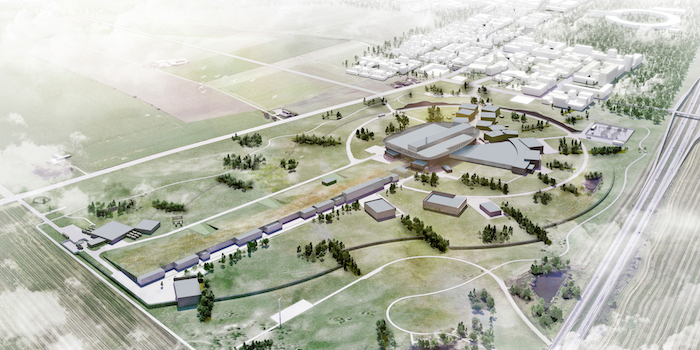Measurements of the neutron lifetime and CKM matrix elements
have evolved to become high-precisions tests of the
existence of new physics. Thanks to the Standard Model
relation between the neutron lifetime, the axial coupling
$g_A$ of the neutron, and the CKM matrix element $V_{ud}$,
we can use a QCD calculation of $g_A$ and $V_{ud}$ to learn
about neutron decay from first-principles. Lattice QCD
provides a robust framework to numerically compute
inherently non-perturbative quantities from first
principles. Starting only from the Lagrangian of QCD and
owing to new improved numerical algorithms, we calculate the
axial coupling of the neutron with unprecedented precision
and thus obtain input about the neutron lifetime. This
calculation is challenging and the outcome is very
promising: it paves the way to understanding nuclear
observables directly from QCD degrees of freedom with high
accuracy.
